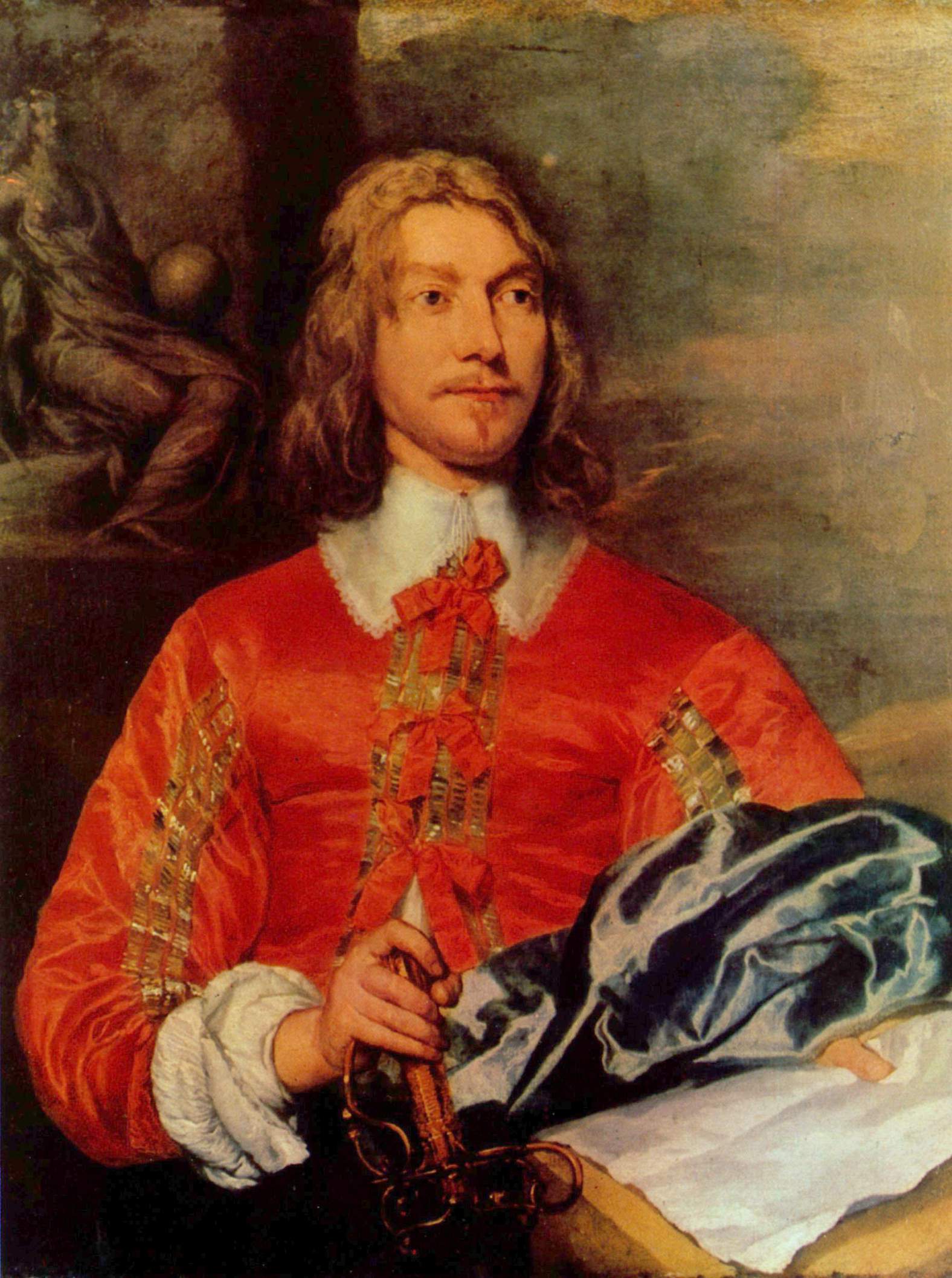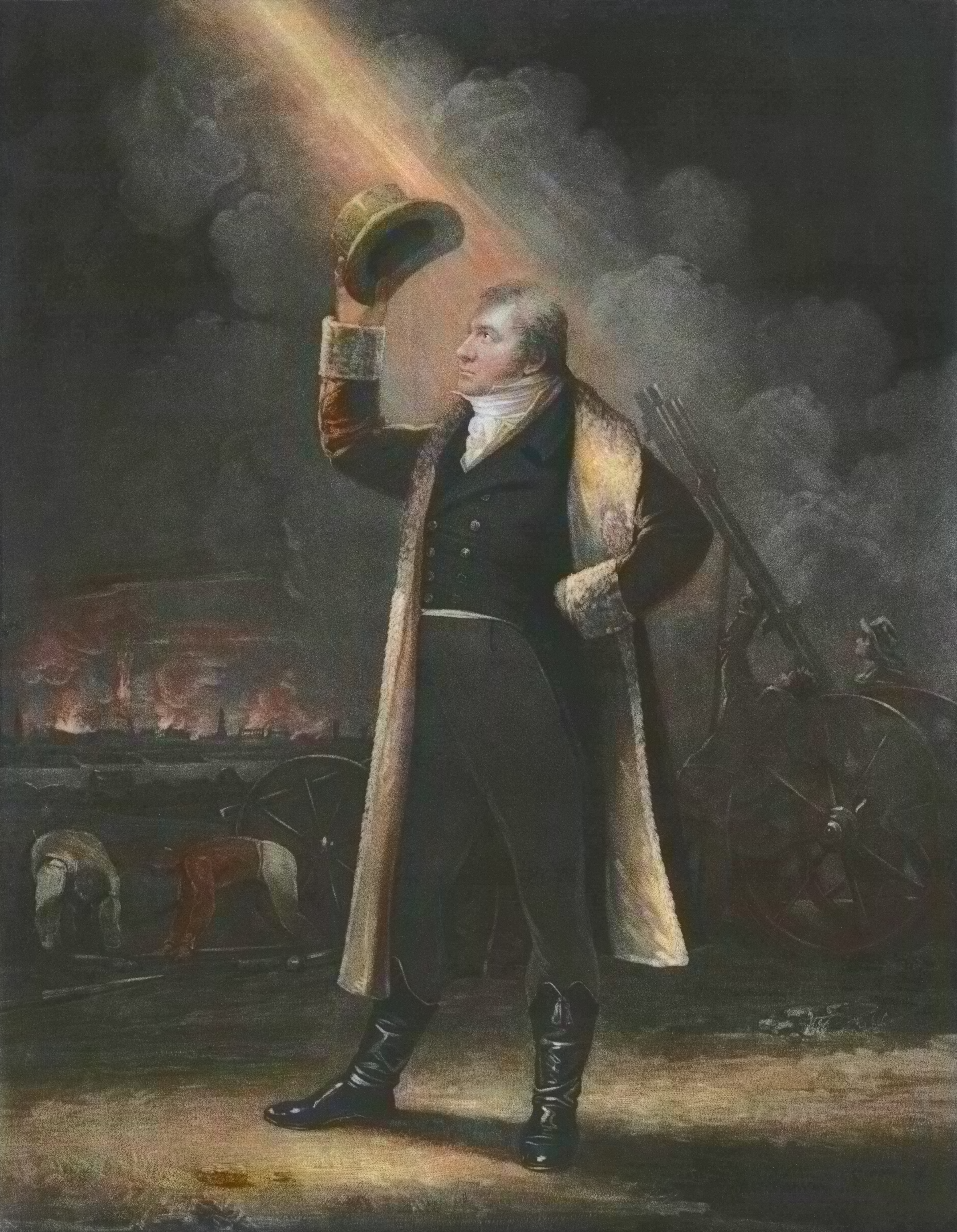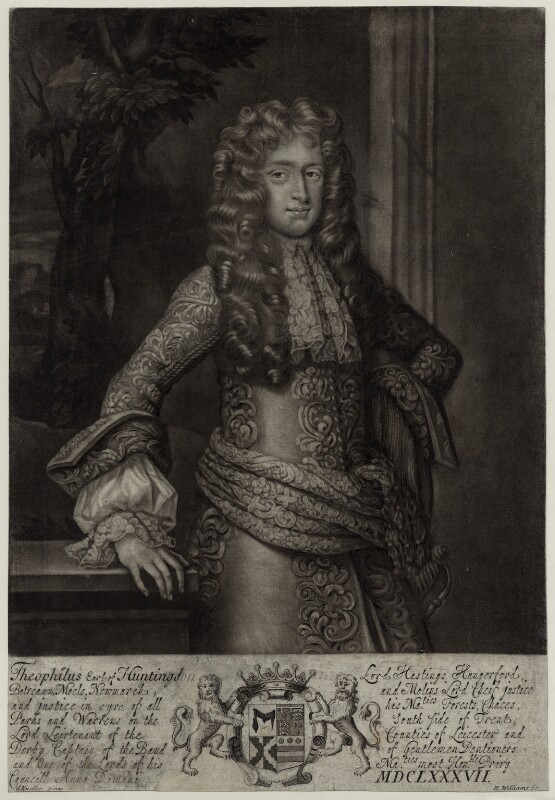|
Lacolle Mills Blockhouse
Lacolle Mills Blockhouse ( French: ''Blockhaus de la Rivière-Lacolle'') is a blockhouse and museum located alongside the Lacolle River near the village of Lacolle, Quebec. History Built around 1781, the blockhouse was part of the British colonies defensive network. While protecting both the watermill constructed of stone and the lighthouse built along the Lacolle River, the blockhouse was used as a military outpost by the British Army on assignment in the region of Le Haut-Richelieu Regional County Municipality and on Lake Champlain. In 1923, the Lacolle Mills Blockhouse was included in the Battle of Lacolle Mills (1814) National Historic Site of Canada. In 1960, the blockhouse was designated a cultural heritage building and is entered in the Quebec Cultural Heritage Directory. Structure The Lacolle Mills Blockhouse is a timber framed square two-storey structure. The second-level floor is cantilevered with a pavilion roof. The blockhouse is built on land that overlooks t ... [...More Info...] [...Related Items...] OR: [Wikipedia] [Google] [Baidu] |
Lacolle, Quebec
Lacolle () is a municipality in southern Quebec, Canada, located in the administrative area of the Montérégie, on the Canada–United States border. The population as of the Canada 2011 Census was 2,680. The Lacolle River runs eastward through the middle of the town and empties in Richelieu River. More people cross the border illegally from the United States there than at any other point. Almost nineteen thousand people were detained in 2017. The nearest town across the border is Champlain, New York. History The written history of Lacolle can be traced back to July 4, 1609, when Samuel de Champlain and his entourage stopped briefly at the mouth of a small stream for a meal before continuing southward up the Richelieu River into the lake which now bears his name. In his journal, Champlain referred to the location of the delta as "Lacole". When translated literally, the term means the neck of a bottle or that which is above the shoulders. Lacolle was the site of three battles ... [...More Info...] [...Related Items...] OR: [Wikipedia] [Google] [Baidu] |
Cantilever
A cantilever is a rigid structural element that extends horizontally and is supported at only one end. Typically it extends from a flat vertical surface such as a wall, to which it must be firmly attached. Like other structural elements, a cantilever can be formed as a beam, plate, truss, or slab. When subjected to a structural load at its far, unsupported end, the cantilever carries the load to the support where it applies a shear stress and a bending moment. Cantilever construction allows overhanging structures without additional support. In bridges, towers, and buildings Cantilevers are widely found in construction, notably in cantilever bridges and balconies (see corbel). In cantilever bridges, the cantilevers are usually built as pairs, with each cantilever used to support one end of a central section. The Forth Bridge in Scotland is an example of a cantilever truss bridge. A cantilever in a traditionally timber framed building is called a jetty or forebay. In the southe ... [...More Info...] [...Related Items...] OR: [Wikipedia] [Google] [Baidu] |
Royal Marine Artillery
The history of the Royal Marines began on 28 October 1664 with the formation of the Duke of York and Albany's Maritime Regiment of Foot soon becoming known as the Admiral's Regiment. During the War of the Spanish Succession the most historic achievement of the Marines was the capture of the mole during the assault on Gibraltar (sailors of the Royal Navy captured the Rock itself) in 1704. On 5 April 1755, His Majesty's Marine Forces, fifty Companies in three Divisions, headquartered at Portsmouth, Chatham and Plymouth, were formed by Order of Council under Admiralty control. The Royal Marine Artillery was formed as an establishment within the British Royal Marines in 1804 to man the artillery in bomb vessels. As their coats were the blue of the Royal Regiment of Artillery, this group was nicknamed the "Blue Marines" and the Infantry element, who wore the scarlet coats of the British infantry, became known as the "Red Marines". During the Napoleonic Wars the Royal Marines participat ... [...More Info...] [...Related Items...] OR: [Wikipedia] [Google] [Baidu] |
Congreve Rocket
The Congreve rocket was a type of rocket artillery designed by British inventor Sir William Congreve in 1808. The design was based upon the rockets deployed by the Kingdom of Mysore against the East India Company during the Second, Third, and Fourth Anglo-Mysore Wars. Lieutenant general Thomas Desaguliers, colonel commandant of the Royal Artillery at Woolwich, was impressed by reports of their effectiveness, and undertook several unsuccessful experiments to produce his own rocket weapons. Several captured Mysorean rockets were sent to England following the annexation of the Mysorean kingdom into British India following the death of Tipu Sultan in the siege of Seringapatam. The project was continued chiefly with William Congreve, who set up a research and development programme at the Woolwich Arsenal's laboratory. After development work was complete the rockets were manufactured in quantity further north, near Waltham Abbey, Essex. He was told that "the British at Seringapa ... [...More Info...] [...Related Items...] OR: [Wikipedia] [Google] [Baidu] |
Somerset Light Infantry
The Somerset Light Infantry (Prince Albert's) was a light infantry regiment of the British Army, which served under various titles from 1685 to 1959. In 1959, the regiment was amalgamated with the Duke of Cornwall's Light Infantry to form the Somerset and Cornwall Light Infantry which was again amalgamated, in 1968, with the King's Own Yorkshire Light Infantry, the King's Shropshire Light Infantry and the Durham Light Infantry to form The Light Infantry. In 2007, however, The Light Infantry was amalgamated further with the Devonshire and Dorset Regiment, the Royal Gloucestershire, Berkshire and Wiltshire Regiment and the Royal Green Jackets to form The Rifles. History Early history Formation The regiment was one of nine regiments of foot raised by James II when he expanded the size of the army in response to the Monmouth Rebellion. On 20 June 1685, Theophilus Hastings, 7th Earl of Huntingdon was issued with a warrant authorising him to raise a regiment, and accordingly the Ear ... [...More Info...] [...Related Items...] OR: [Wikipedia] [Google] [Baidu] |
Henry Dearborn
Henry Dearborn (February 23, 1751 – June 6, 1829) was an American military officer and politician. In the Revolutionary War, he served under Benedict Arnold in his expedition to Quebec, of which his journal provides an important record. After being captured and exchanged, he served in George Washington's Continental Army. He was present at the British surrender at Yorktown. Dearborn served on General George Washington's staff in Virginia. He served as Secretary of War under President Thomas Jefferson, from 1801 to 1809, and served as a commanding general in the War of 1812. In later life, his criticism of General Israel Putnam's performance at the Battle of Bunker Hill caused a major controversy. Fort Dearborn in Illinois, Dearborn County in Indiana, and the city of Dearborn, Michigan, were named in his honor. U.S. Army Center of Military History U.S. Biographical Directory Background Henry Dearborn was born February 23, 1751, to Simon Dearborn and Sarah Marston in N ... [...More Info...] [...Related Items...] OR: [Wikipedia] [Google] [Baidu] |
Mohawk People
The Mohawk people ( moh, Kanienʼkehá꞉ka) are the most easterly section of the Haudenosaunee, or Iroquois Confederacy. They are an Iroquoian-speaking Indigenous people of North America, with communities in southeastern Canada and northern New York State, primarily around Lake Ontario and the St. Lawrence River. As one of the five original members of the Iroquois League, the Kanienʼkehá꞉ka are known as the Keepers of the Eastern Door – the traditional guardians of the Iroquois Confederation against invasions from the east. Historically, the Kanienʼkehá꞉ka people were originally based in the valley of the Mohawk River in present-day upstate New York, west of the Hudson River. Their territory ranged north to the St. Lawrence River, southern Quebec and eastern Ontario; south to greater New Jersey and into Pennsylvania; eastward to the Green Mountains of Vermont; and westward to the border with the Iroquoian Oneida Nation's traditional homeland territory. Kanienʼkehá ... [...More Info...] [...Related Items...] OR: [Wikipedia] [Google] [Baidu] |
Kahnawake
The Kahnawake Mohawk Territory (french: Territoire Mohawk de Kahnawake, in the Mohawk language, ''Kahnawáˀkye'' in Tuscarora) is a First Nations reserve of the Mohawks of Kahnawá:ke on the south shore of the Saint Lawrence River in Quebec, Canada, across from Montreal. Established by French Canadians in 1719 as a Jesuit mission, it has also been known as ''Seigneury Sault du St-Louis'', and ''Caughnawaga'' (after a Mohawk village in the Mohawk Valley of New York). There are 17 European spelling variations of the Mohawk ''Kahnawake''. Kahnawake's territory totals an area of . Its resident population numbers about 8,000, with a significant number living off reserve. Its land base today is unevenly distributed due to the federal Indian Act, which governs individual land possession. It has rules that are different from those applying to Canadian non-reserve areas. Most ''Kahnawake'' residents originally spoke the Mohawk language, and some learned French when trading with and a ... [...More Info...] [...Related Items...] OR: [Wikipedia] [Google] [Baidu] |
French Canadians
French Canadians (referred to as Canadiens mainly before the twentieth century; french: Canadiens français, ; feminine form: , ), or Franco-Canadians (french: Franco-Canadiens), refers to either an ethnic group who trace their ancestry to French people, French colonists who settled in Canada (New France), Canada beginning in the 17th century or to French-speaking or Francophone Canadians of any ethnic origin. During the 17th century, French settlers originating mainly from the west and north of France settled Canada (New France), Canada. It is from them that the French Canadian ethnicity was born. During the 17th to 18th centuries, French Canadians expanded across North America and colonized various regions, cities, and towns. As a result people of French Canadian descent can be found across North America. Between 1840 and 1930, many French Canadians immigrated to New England, an event known as the Grande Hémorragie. Etymology French Canadians get their name from ''Canada, ... [...More Info...] [...Related Items...] OR: [Wikipedia] [Google] [Baidu] |
Battle Of Lacolle Mills (1812)
The Battle of Lacolle River was fought on November 20, 1812, during the War of 1812. In this relatively light skirmish, a very small garrison of Canadian militia, with the assistance of Kahnawake Mohawk warriors, defended the Lacolle Mills Blockhouse on the Montreal road bridge over the Lacolle River at the village of Lacolle, Quebec against a disorganized American attack. Canadian regulars and militia were under the command of Charles de Salaberry who had positioned his severely outnumbered forces together with his native allies as best he could to attempt to block any advance toward Montreal. The American invasion force totalling about 2,000 regulars and 3,000 militia was assembled and led by Major General Henry Dearborn. However, a delay of several months after the American declaration of war meant that the advance would only begin with the onset of winter. Moreover, since about half of the American militia refused to advance into Lower Canada, Dearborn was hamstrung from t ... [...More Info...] [...Related Items...] OR: [Wikipedia] [Google] [Baidu] |
War Of 1812
The War of 1812 (18 June 1812 – 17 February 1815) was fought by the United States of America and its indigenous allies against the United Kingdom and its allies in British North America, with limited participation by Spain in Florida. It began when the United States declared war on 18 June 1812 and, although peace terms were agreed upon in the December 1814 Treaty of Ghent, did not officially end until the peace treaty was ratified by Congress on 17 February 1815. Tensions originated in long-standing differences over territorial expansion in North America and British support for Native American tribes who opposed US colonial settlement in the Northwest Territory. These escalated in 1807 after the Royal Navy began enforcing tighter restrictions on American trade with France and press-ganged men they claimed as British subjects, even those with American citizenship certificates. Opinion in the US was split on how to respond, and although majorities in both the House and ... [...More Info...] [...Related Items...] OR: [Wikipedia] [Google] [Baidu] |
Lower Canada
The Province of Lower Canada (french: province du Bas-Canada) was a British colony on the lower Saint Lawrence River and the shores of the Gulf of Saint Lawrence (1791–1841). It covered the southern portion of the current Province of Quebec and the Labrador region of the current Province of Newfoundland and Labrador (until the Labrador region was transferred to Newfoundland in 1809). Lower Canada consisted of part of the former colony of Canada of New France, conquered by Great Britain in the Seven Years' War ending in 1763 (also called the French and Indian War in the United States). Other parts of New France conquered by Britain became the Colonies of Nova Scotia, New Brunswick, and Prince Edward Island. The Province of Lower Canada was created by the ''Constitutional Act 1791'' from the partition of the British colony of the Province of Quebec (1763–1791) into the Province of Lower Canada and the Province of Upper Canada. The prefix "lower" in its name refers to its geog ... [...More Info...] [...Related Items...] OR: [Wikipedia] [Google] [Baidu] |









